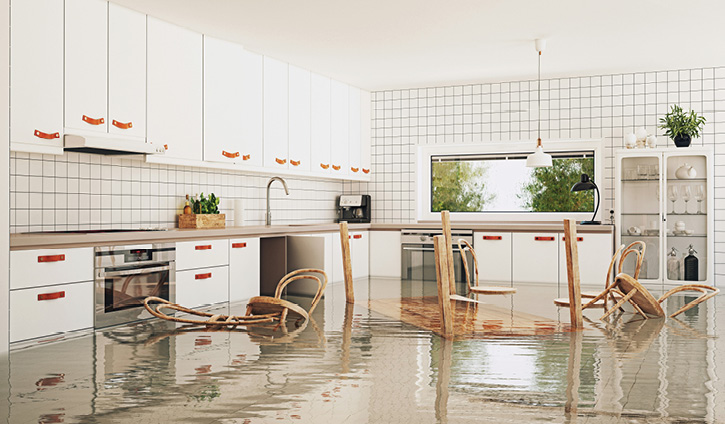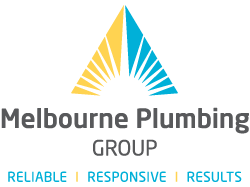

Water damage is one of those disasters that you might think… how bad could it be? It’s only water! But the truth is, water damage can be absolutely devastating if it get’s to the wrong areas of your home or business and furthermore, can present significant danger if it finds electricity or structural elements. Having an understanding of how to isolate or evening completely shut off your water to prevent damage, might save you more than just a costly repair bill.
Below, we’ll outline the steps to shut off the water, when and where it matters.
Isolating the Water for Specific Fixtures or Appliances
 Sinks, toilets, dishwashers, washing machines and even refrigerators with water/ice dispensers will in most cases have an isolating tap or valve, hopefully within reach (if the plumber who installed did it properly).
Sinks, toilets, dishwashers, washing machines and even refrigerators with water/ice dispensers will in most cases have an isolating tap or valve, hopefully within reach (if the plumber who installed did it properly).
In all cases of gate tap/valves, rotating anti-clockwise will shut of the flow. With ball valves, if the handle is in line with the pipes, flow is on and at a 90 deg to the pipe, flow is off.
Sink isolating taps will usually be at the back of the cupboard as a small silver dial about the size of a 50 cent piece. These can be either a gate valve or ball valve.
Toilet isolating taps are most often found down low on the wall below the cistern. These are most often a gate valve.
Dishwashers might be a little bit trickier with the isolating tap usually found near the same tap as the sink so check under the bench where you kitchen sink it. These could be either a gate valve or ball valve.
Washing machine water isolation is usually a pretty easy one as the standard installation of washing machine taps is approximately 1m off the floor making it easy to install a washing machine and in this case, easy to shut off the water supply to the appliance. These will almost always be a gate valve.
Fridges with a water or self-filling ice dispenser with most often has a small white feedline that’s been brought over from the kitchen sink water supply under bench so again, this is the first place to look for the isolating tap/valve. In some cases, for example a new home build, the plumbers may have setup a dedicated supply for the fridge in which case, there will enevitably be an isolating tap down the back/side of the fridge space.
Shutting off the water mains…
This is super important to know if the leak you find is at a fixture or appliance that does not have an individual isolating valve.
To shut off the water supply to your whole property, first locate the main water shut-off valve, often found near the front boundary, sometimes inside a small box, close to the footpath. This is commonly where your water meter is located. Turn the tap or valve handle clockwise to stop the flow of water.
Once shut off, open a tap somewhere on the property to relieve pressure and drain any remaining water from the pipes.
If you live in an apartment or unit, the shut-off valve is typically located inside a service cupboard, laundry, or near the front door — check your building plan or ask your strata manager if you’re unsure.
Conclusion
Knowing how to quickly and safely shut off your water supply is one of the best ways to prevent costly water damage and protect your home or business. Whether you’re dealing with an emergency or simply heading away for a while, taking a few minutes to locate your shut-off valve can save you from major headaches later on.
If you’re ever unsure or need assistance, don’t hesitate to get in touch with us for advice and support.
